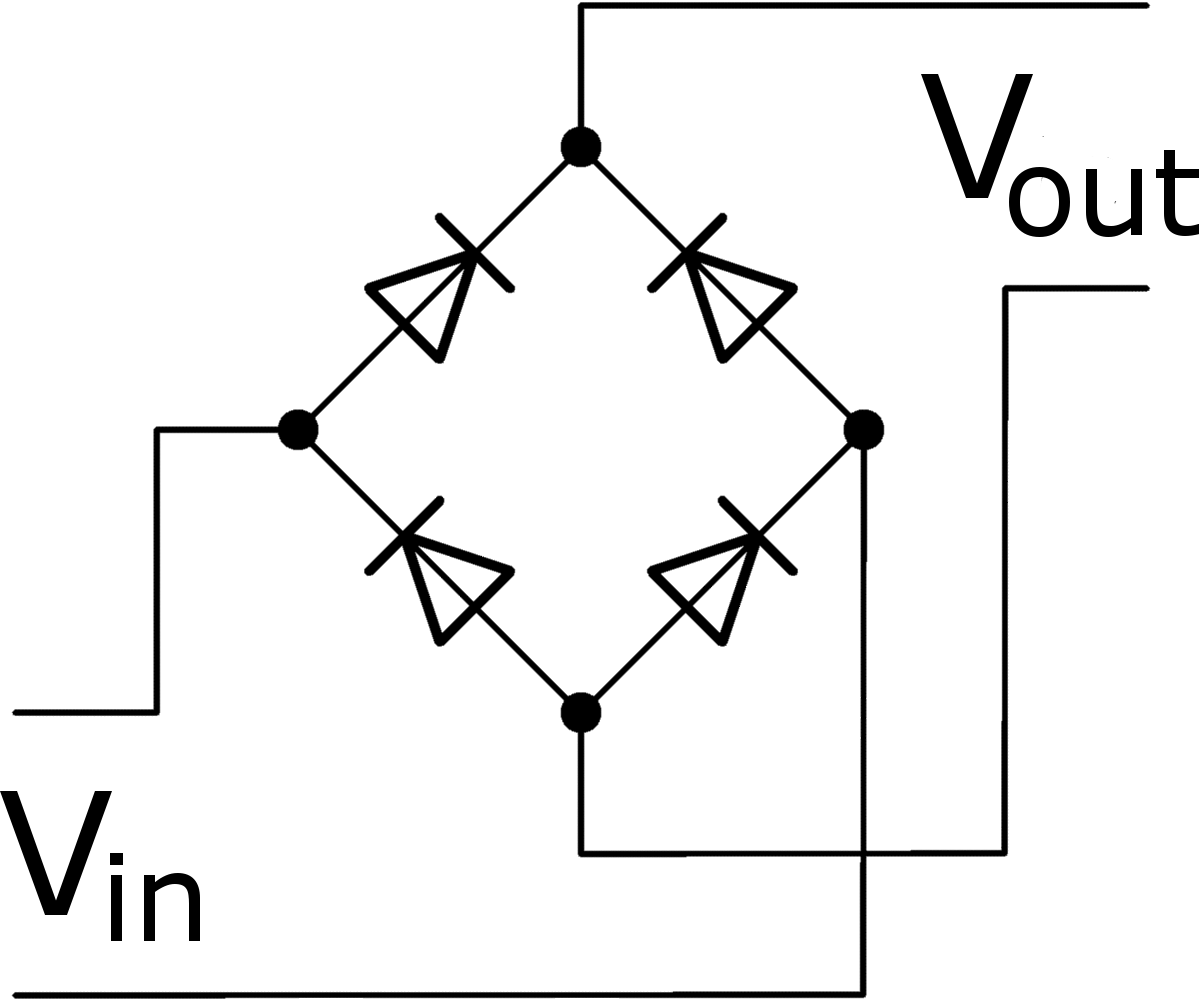Understanding the Diode: Symbol, Function, and Applications

Imagine a one-way street for electricity. That's essentially what a diode is. This seemingly simple component plays a crucial role in shaping the flow of electrical current in countless electronic devices. Understanding its function and the meaning behind its symbolic representation is fundamental to grasping the workings of modern technology.
The diode symbol, a triangle pointing towards a line, visually represents this directional flow. The triangle acts like an arrowhead, indicating the allowed direction of conventional current flow. The line represents the cathode, the negative terminal, while the triangle represents the anode, the positive terminal. This simple symbol is a shorthand for a complex process happening within the diode itself.
At the heart of a diode's functionality is a semiconductor junction, typically formed by joining two different types of semiconductor materials. This junction creates a barrier that allows current to flow easily in one direction (forward bias) but strongly opposes current flow in the opposite direction (reverse bias). This directional control makes diodes incredibly versatile electronic components.
The diode's functionality stems from the behavior of electrons and holes within the semiconductor material. When a positive voltage is applied to the anode and a negative voltage to the cathode (forward bias), the barrier at the junction is lowered, allowing electrons and holes to flow across and create a current. However, when the voltage is reversed (reverse bias), the barrier heightens, effectively blocking current flow.
Historically, the earliest form of the diode was the vacuum tube diode, also known as a thermionic diode. Invented in 1904 by John Ambrose Fleming, these devices used heated filaments to emit electrons, which could then flow to a positively charged plate, thus establishing a unidirectional current. The development of semiconductor diodes in the mid-20th century revolutionized electronics, offering smaller, more efficient, and more reliable alternatives.
Diodes are indispensable components in various electronic circuits. They are used in rectifiers to convert AC to DC, in voltage regulators to maintain a stable voltage, and in signal processing circuits for clipping and clamping operations. They are also found in LED lighting, radio communication systems, and power supply units.
A simple example of diode functionality is its use in a half-wave rectifier. This circuit uses a single diode to allow only the positive half-cycles of an AC waveform to pass through, effectively converting it into pulsating DC.
Benefits of understanding diode symbols and function include: 1) Ability to read and interpret circuit diagrams, 2) Troubleshooting and repairing electronic devices, 3) Designing and building electronic circuits.
Advantages and Disadvantages of Diodes
| Advantages | Disadvantages |
|---|---|
| Simple and inexpensive | Temperature sensitivity |
| Wide range of applications | Limited power handling in some types |
| Small size and weight | Voltage drop in forward bias |
Best Practices for using diodes: 1) Ensure proper polarity during installation, 2) Choose the appropriate diode type for the intended application, 3) Consider heat dissipation for high-power diodes, 4) Protect diodes from reverse voltage surges, 5) Use appropriate testing procedures during circuit design and troubleshooting.
Real World Examples: 1) Rectifier in power supplies, 2) LED lighting, 3) Voltage clamping in audio circuits, 4) Reverse polarity protection in automotive electronics, 5) Signal detection in radio receivers.
Challenges and Solutions: 1) Heat dissipation – use heat sinks, 2) Reverse voltage breakdown – use diodes with appropriate voltage ratings, 3) Leakage current – select diodes with low leakage specifications, 4) Forward voltage drop – consider the voltage drop when designing circuits, 5) Temperature sensitivity – use temperature compensation techniques.
FAQ: 1) What is a diode? A one-way valve for electricity. 2) What is the diode symbol? A triangle pointing towards a line. 3) How does a diode work? It allows current flow in one direction and blocks it in the other. 4) What are the types of diodes? Schottky, Zener, LED, etc. 5) What are diodes used for? Rectification, voltage regulation, signal processing. 6) What is forward bias? When a diode allows current to flow. 7) What is reverse bias? When a diode blocks current flow. 8) How to test a diode? Use a multimeter's diode test function.
Tips and Tricks: Always check the datasheet for specific diode characteristics. Understand the different types of diodes and their applications. Use simulation software to test your circuits before building them.
In conclusion, the diode, represented by its simple yet meaningful symbol, serves as a fundamental building block in modern electronics. Its ability to control the direction of current flow enables a vast array of applications, from power conversion and regulation to signal processing and lighting. Understanding the diode's function, characteristics, and best practices for implementation is essential for anyone working with electronic circuits. By grasping the core principles of diodes, we unlock the potential to design, build, and troubleshoot a wide range of electronic systems. Further exploration of diode types, their specific applications, and advanced circuit designs will enhance your understanding and open doors to a deeper appreciation of this vital electronic component. Take the time to learn more and experiment, and you'll be well on your way to mastering the power of the diode.
The art of printable paper frame templates
Unlocking knowledge exploring unam fes zaragozas virtual classroom
Behr warm white paint colors the ultimate guide













